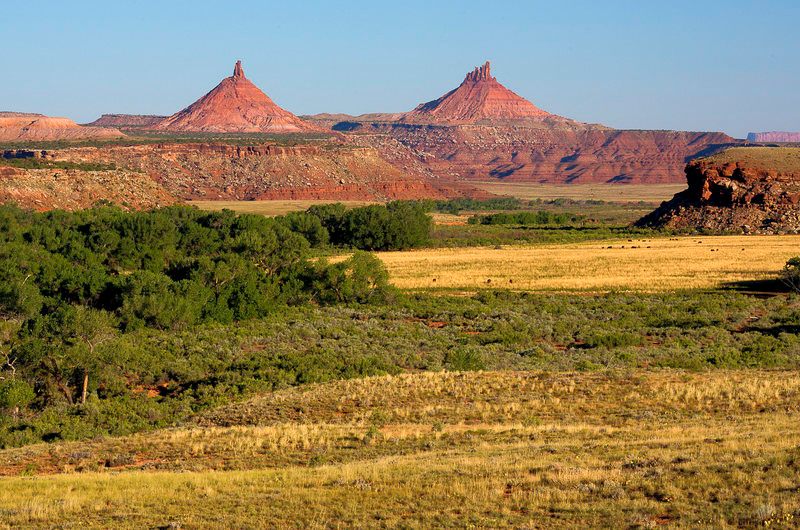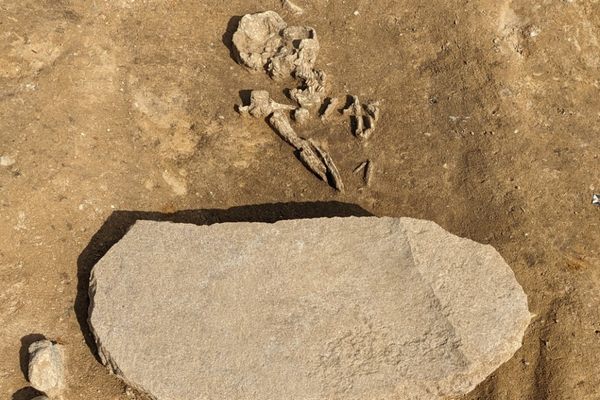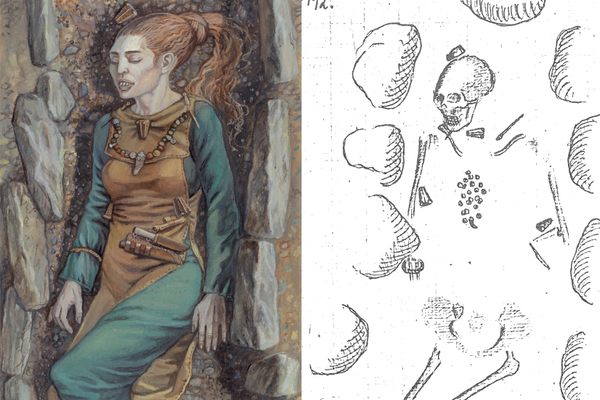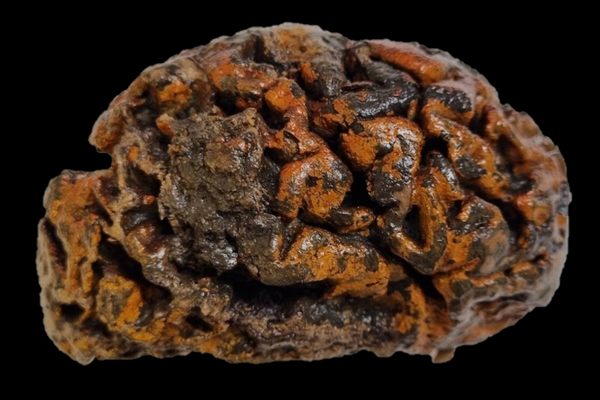Demystifying the Changes to Bears Ears National Monument
The whole is greater than the sum of its parts.

Less than a year ago, President Barack Obama established Bears Ears National Monument in an attempt to protect some 1.35 million acres of awe-inspiring red rock canyons in Utah. It holds an almost countless number of ancient dwellings and petroglyphs, in among unique geological formations. But yesterday, 85 percent of that land lost its National Monument protection, after President Donald Trump rescinded its protections and those of large portions of nearby Grand Staircase-Escalante National Monument.
On one hand, this appears to expose around two million acres to commercial activities, ranging from oil and gas extraction to mining and logging. But it’s not all going to be razed tomorrow. Significant portions of that land and its bounty do still hold other forms of protection. The Valley of the Gods, for instance, is an Area of Critical Environmental Concern, while other areas are covered by Wilderness Study Area protection. Manti-La Sal National Forest may no longer be part of the new Monument, but it will retain its National Forest status and management. There are other, more nebulous kinds of protection too. The Archaeological Resources Protection Act, Migratory Bird Treaty Act, and Endangered Species Act are all still in place, but without National Monument designation, there’s no overriding umbrella protection. Stripping away this layer of federal oversight leaves the entire landscape exposed.

The key, says Bill Lipe, an archaeologist at Washington State University, is that the monument designation guarantees a higher standard for new development projects. “Traditional economic uses such as grazing, as well as hunting and fishing, will continue, and existing mineral extraction leases will be honored,” when land is designated, he says. “However, new leases will not be offered, and developments such as road and utility corridor construction will be evaluated more stringently in terms of their impact on the landscape—both cultural and environmental.” Now far less land will be subject to that level of scrutiny, which also could have an impact on the places that retain some kind of protection.
Another, more worrying, effect of the changes, Lipe says, is that while it may leave protection in place for individual cultural heritage sites, it ignores their context—the smaller important places spread across the landscape that show how ancient people used and moved through the land. This is a tragedy for archaeological study, which recognizes the historic value of the landscape as a whole. “The sites visitors are drawn to are typically parts of larger distributions of related sites that together represent dispersed communities and social networks,” Lipe says. In other words, the forest is more valuable than the trees alone. “This kind of perspective is possible because the physical landscape of the Bears Ears Monument is relatively intact, because it has not seen extensive or large-scale modern economic development.” So far, that is.

“In aggregate, [the sites show] the cultural patterns that represent past communities and networks,” Lipe says. Because of that, they’re still very important to local tribes as well, including the Navajo Nation, who worry that their ability to visit shrines or other spiritually important places may be be eroded by these latest changes. More than that, they fear losing the sites where their ancestors are likely buried, or where traditional activities such as hunting or collecting medicinal plants still take place.
They promise a legal battle over the changes, with the Antiquities Act at the center of the clash. This law allows presidents to preserve landmarks and other sites of “historic and scientific interest,” but specifies that the protected sites should include only “smallest area compatible with proper care and management.” Local politicians claim the protected sites are substantially too large; native groups say even the previous boundaries were not large enough.
Policies change, presidents come and go, but a landscape sliced into pieces is not likely to be put together again.











Follow us on Twitter to get the latest on the world's hidden wonders.
Like us on Facebook to get the latest on the world's hidden wonders.
Follow us on Twitter Like us on Facebook